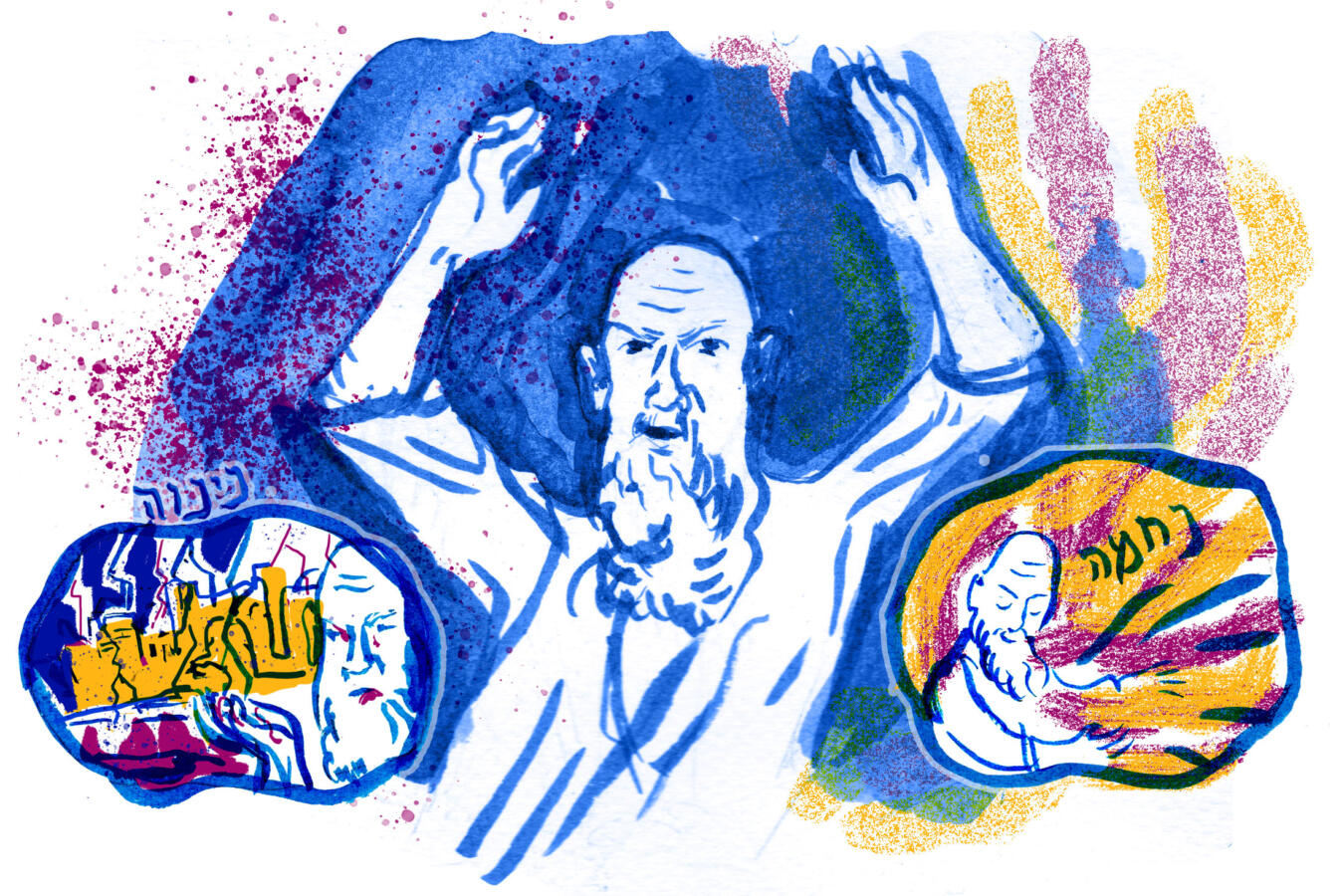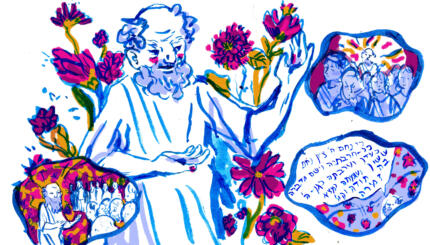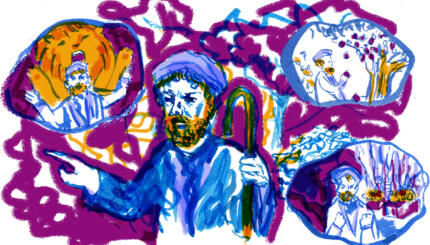Deep in the second section of the Hebrew Bible, the section that is composed entirely of prophetic works, lies a short and oft-overlooked prophetic book called “Nahum.” The name means “comfort” because Nahum is a prophet whose mission was less to chastise the Israelites about wrongdoing and future punishments than to help them see God’s guiding and affirming hand in the course of their national life.
According to the text, the Book of Nahum was written by Nahum the Elkoshite. Whether “Nahum” was the author’s actual name is unknown, although there is no necessary reason to doubt this. “Elkoshite” likely refers to Nahum’s home of origin, although its whereabouts are also unknown.
The book of Nahum is what scholars call a “minor” prophetic text. This does not mean that Nahum is less important than the “major” prophetic writings (Isaiah, Jeremiah, and Ezekiel), but rather that it is shorter in length. Nahum is also one of “The Twelve” — that is, one of twelve minor prophetic texts that were at one point collected together on one scroll. When this compilation occurred is unknown, although we have evidence that The Twelve were collected together by at least the mid 2nd century BCE.
Nahum celebrates the downfall of Nineveh (612 BCE), the capital of Assyria, which was the superpower responsible for the destruction of the Northern Kingdom of Israel in 722 BCE, and the near desecration of the Southern Kingdom of Judah thereafter. The book is graphic:
With your help, My Jewish Learning can provide endless opportunities for learning, connection and discovery.
Ah, city of crime [Nineveh], utterly treacherous, full of violence, where killing never stops! (3:1)
I am going to deal with you [ Nineveh], declares the Lord of Hosts. I will lift up your skirts over your face and display your nakedness to the nations and your shame to kingdoms. I will throw loathsome things over you and disfigure you and make a spectacle of you. All you see you will recoil from you and will say, “Nineveh has been ravaged!” (3:5-7)
Nahum is likely ex eventu — that is, written “after the fact,” or in this case, after 612 BCE, when Nineveh fell — although some do suggest an earlier dating. It is a common misconception that biblical prophets always predict future events. While some biblical prophets do make claims about possible future events (e.g., continued suffering, tyranny, destruction), the more acute role of a prophet is to foster change within that prophet’s own time.
Biblical prophets, put simply, are social change makers — advocates on behalf of their people and their God. Many do this work through making future predictions (often dire ones). In some ways, this is not dissimilar from social advocates of our own time who remind us that if bad things do not change now, more bad things — from global warming to financial collapse — will happen in the future.
Nahum, however, takes a different approach. The message of the text is less “we must change what we are doing to prevent further bad things from happening” and more “we’re doing things right; the world contains evil, but we are good, and in the future we will be rewarding for unwavering in the face of the world’s evil.” In this way, the theology of the book aligns more readily with the later apocalyptic theologies of early Jewish literature (e.g., Daniel, Enoch) than ancient Israelite prophecies. Rather than assert that the Israelites must change their ways in order to overcome Assyria, Nahum surveys the destruction of Assyria and sees the Lord’s hand in righting significant injustices. Assyria is evil; its destruction proves that things will only get better for the Israelites, who are on the side of good.
In this way, the primary message of Nahum, like the name of its author, is one of comfort and hope. The Israelites (and later Jewish readers) can, and will, with the help of their God, overcome tyranny. Nahum voices communal trauma, but also communal survival.
This doesn’t mean the book is an easy or comfortable read, as the excerpted lines above show. The path to survival in Nahum is certainly violent. Even though Nahum is only three chapters long — a minor prophetic text, indeed — each line carries a punch. Nineveh describes what scholars call a “pornoprophetic” destruction. Not only does the city face gruesome annihilation, its inhabitants are sexually violated in the process (recall 3:5-7 above). On Passover, when Jews celebrate the exodus from Egypt, they pour out ten drops of wine to acknowledge the suffering the Egyptians experienced so that the Israelites could go free. But Nahum contains no analogous sentiments, only a thoroughgoing appreciation for the violent destruction of Israel’s enemies. Ancient and modern readers are thus invited to reflect: what does it mean to celebrate the destruction of those who have wronged you? What does it mean to imagine, à la Nahum, that their destruction is for your benefit in particular?
These are hard questions, to be sure. But they are the ones with which Nahum invites us to wrestle. And that, in the face of Nahum’s own imperial-like praise of violence, is its silver lining.



